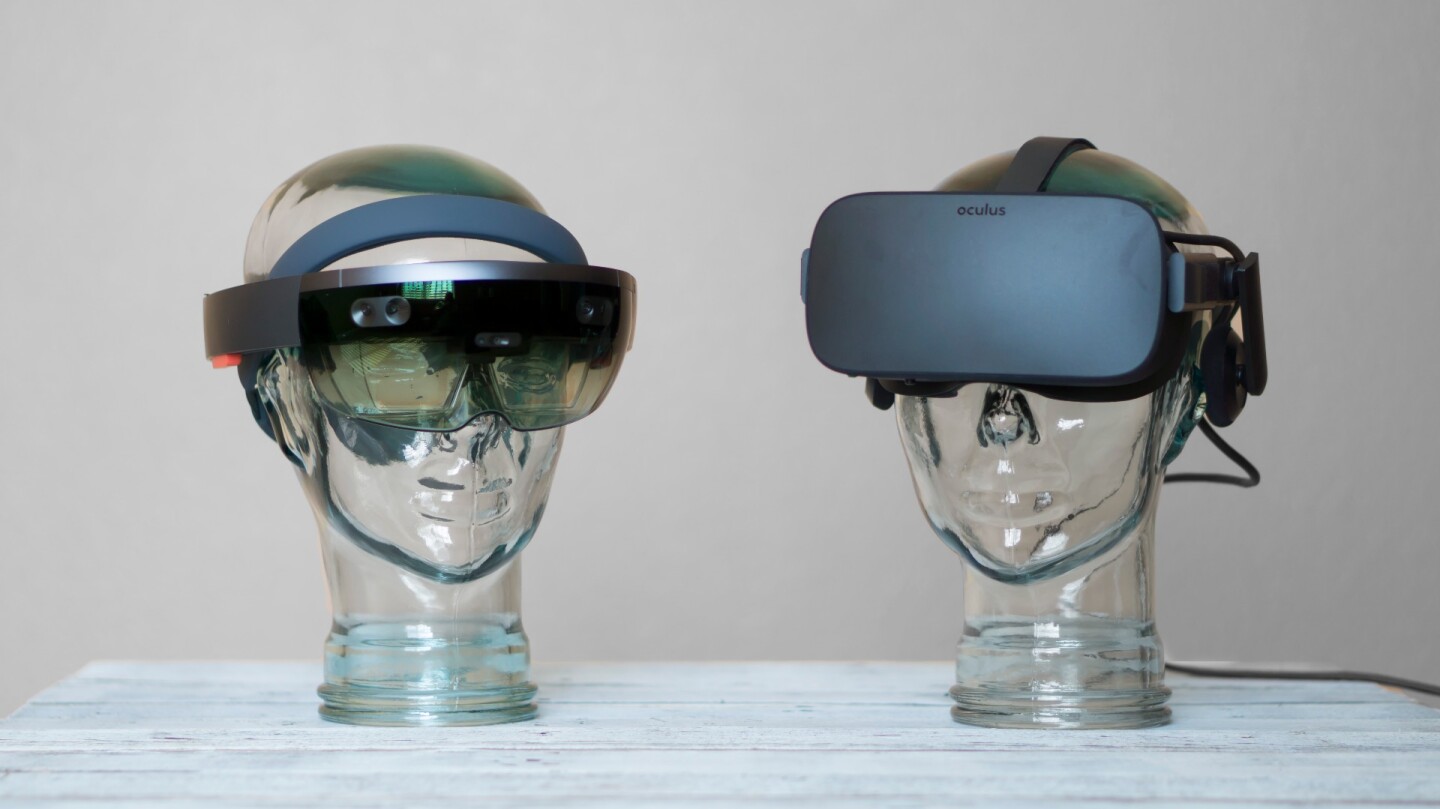 |
| Image Source - Google | Image by - Will Shanklin/New Atlas |
In Virtual Reality (VR), the users' perception of reality is completely supported by virtual info. In augmented reality (AR) the user is given further computer-generated data that enhances their perception of reality. For Example, in design, VR is usually used to generate a walk-through simulation of the among of a replacement building; and AR are usually used to show a building's structures and systems superimposed on a real-life perspective. The use of utility applications is another example. Some AR apps, such as Augment, allow users to use digital objects in real-world settings, allowing companies to use augmented reality technology to test their products in the real world. Similarly, it can also be used to demo what product could seem as if in associate degree surroundings for patrons, as incontestable by companies like Mountain tools Co-op or Lowe's who use augmented reality to allow customers to preview what their product may seem as if reception through the use of 3D models.
Augmented reality (AR) differs from Virtual Reality (VR) in the sense that in AR a segment of the surrounding setting is actually 'real' and simply adding layers of virtual objects to the vital surroundings. On the other hand, in VR the surrounding atmosphere is completely virtual. A sign of however AR layers objects onto the necessary world are usually seen with augmented reality games. WallaMe is an augmented reality game application that allows users to hide messages in real environments, utilizing geolocation technology thus on permission users to cover messages where they will want in the world. Such applications have several uses in the world, as well as in policy and creative expression.
Virtual reality and augmented reality accomplish two extremely unlike things in two very other ways, despite their devices' similar styles. VR replaces reality, taking you elsewhere. AR adds to reality, protrusive data on prime of what you are already seeing. They are each powerful technologies that have nevertheless to form their mark with consumers, however, show tons of promise. They willfully amend however we have a tendency to use computers in the future, however, whether or not one or each can succeed is anyone's guess without delay.
Comments
Post a Comment
If you have any doubts, Please let me know